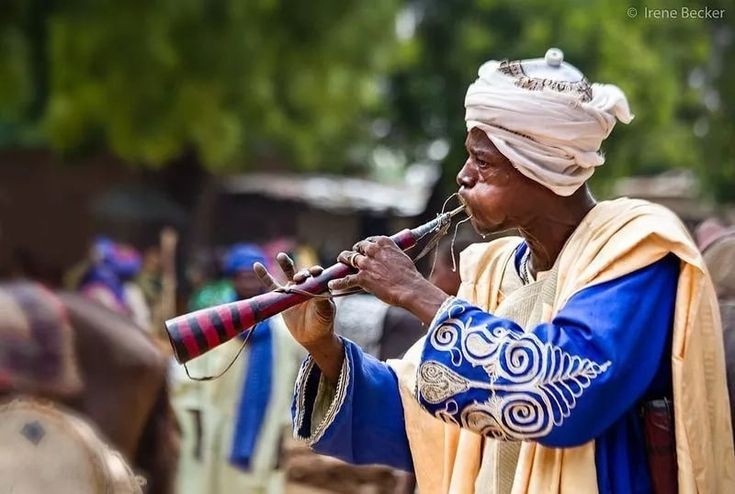The heartbeat of Nigeria has always been its music, and in the present age, it holds an even more prominent place in the lives of Nigerians. However, to fully appreciate the extent of its evolution, it is essential to examine its humble beginnings.
Although our knowledge of the culture and history of Nigerian tribes before colonial times is limited, there is still much to discover about this beautiful country. The study of how Nigerian music has transformed from what it was in the early 20th century to its current state is truly captivating.
Join us on an enthralling expedition through the rich and diverse history of music in Nigeria, a tale that spans over a century and encompasses remarkable milestones. From the early 1900s to the present day, Nigerian music has evolved and flourished, leaving an indelible mark on the global music scene.
So, let’s dive right in!
The 1900s to 1920s
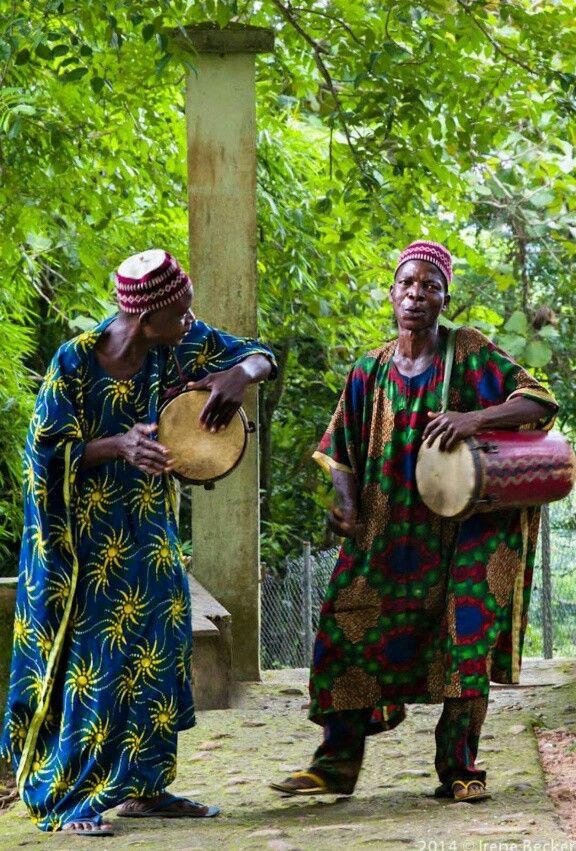
Music always played specific purposes in the lives of the people of Nigeria. Songs were composed for almost everything in Nigeria, and they carried people through all their activities. From wedding ceremonies to burials, while working or during late-night storytelling, music served as a means of entertainment and accompanied various aspects of daily life.
During this time, Western culture really started taking root in the ways of the people, and many aspects of their lives were influenced greatly, especially in music.
People listened to the music of their colonizers and began to come up with new genres and styles, blends of the traditional and the Western, producing tunes that were both familiar and unique.
Some of the most prominent genres during this time were palm wine music and the traditional music of the different tribes in Nigeria.
The 1920s to 1930s
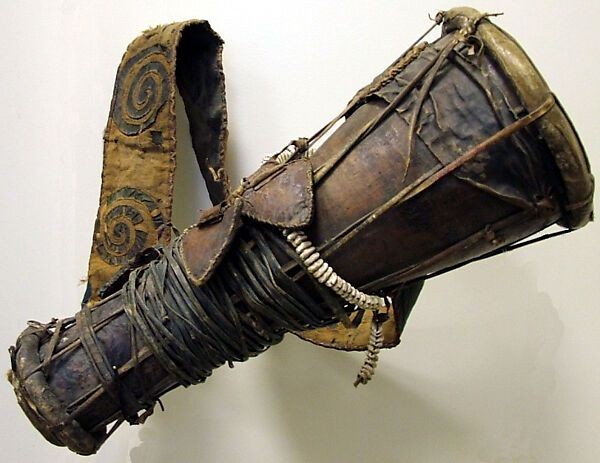
This is the time when the real transformation in Nigerian music occurred.
In 1929, a genre called Juju music was introduced to the mix and it was spearheaded by Baba Tunde King who released the first recordings featuring the genre, though it didn’t start spreading widely until the 1930s.
Juju music was created in Lagos, Nigeria, and was more like a new style of rap music with less swearing. It started as an entertaining beat played in small gatherings until it gradually gained popularity and became very commercialised.
Some of the most prominent artists of that time were King Sunny Ade, Ebenezer Obey and Irewole Denge, with some of their music still very liked to this day.
The 1930s to 1940s
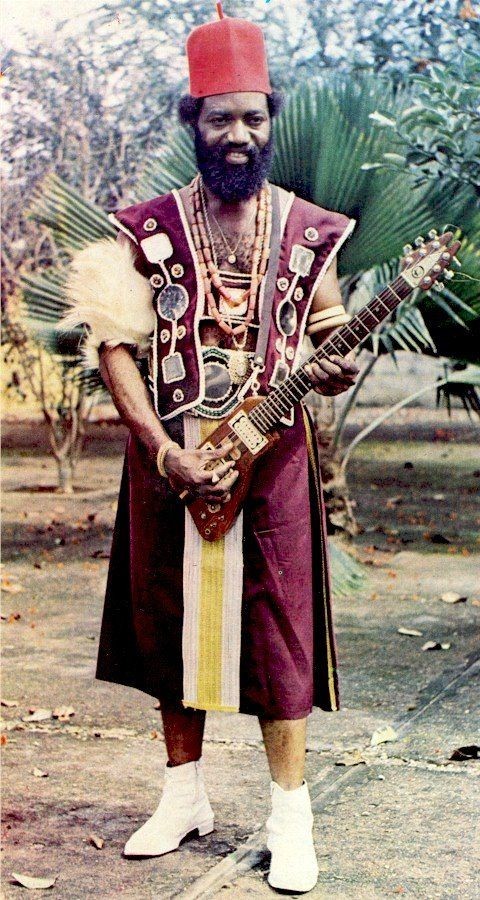
This period introduced Highlife music, brought in from Ghana but popularised in Nigeria and given a new style.
Originally made to recount daily struggles in the society, Ghanaian highlife was especially interesting to the early Nigerians and they quickly adopted it. Instead of music to lament societal sorrows, Nigerians made feel-good highlife music, featuring light mundane themes in the new style.
The best places to consume quality highlife music were clubs that had a mixture of Ghanaian and Nigerian players. Some very popular names in the highlife world include Steven Osita Osadebe, Sunny Okosun, and Victor Uwaifo, among many others; and the most popular highlife song is “Sweet Mother” by Prince Nico Mbarga.
The 1940s to 1950s
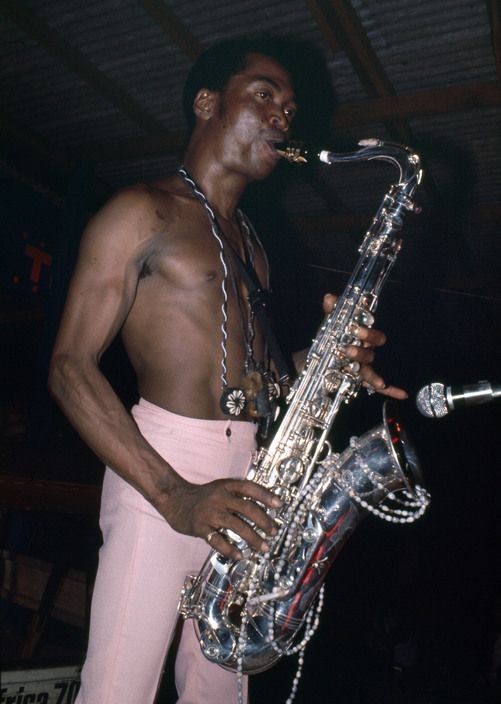
This period was a major one in the Nigerian music industry that featured Jazz, Rhythm and Blues, and an introduction of the guitar into Highlife.
These genres had a specific influence on African musicians because they integrated traditional instruments with modern ones like keyboards and guitars.
The 1950s to 1970s
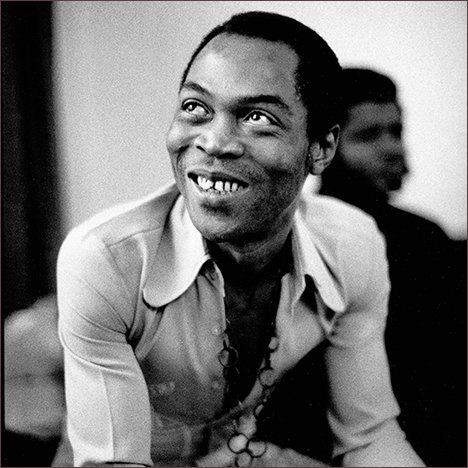
Considered one of the most fascinating periods for music enthusiasts to explore, these times saw the massive growth of Highlife, Jazz, and R&B, and the emergence of Reggae, Rock, and Afrobeat.
A memorable and legendary musician of this period was Fela Kuti, who would later become one of the most well-known names in the music industry. Fela is credited with the creation of the Afrobeat genre and was famous for his songs that unabashedly criticised corrupt government practices and those who carried them out, which was unheard of in popular music at the time.
Many new talents emerged at this time such as Segun Bucknor, Aba Rock City, the Lijadu Sisters, and many more.
The 1970s to 1990s
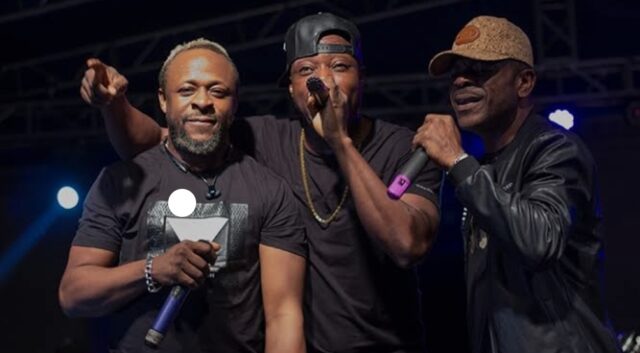
During this time, fresh young talent emerged with a new genre that was greatly influenced by American rap and hip-hop, and most of these musicians formed bands in this period.
The Remedies trio, consisting of rapper Eedris Abdulkareem and singers Tony Tetuila and Tony Montana, are remembered for their breakout song, “Mi O Sako No”, which became the song that set the pace for this new era.
Other artists during this period include Boulevard, 419 Squad, Plantashun Boys, Queen Change, Funmi Olayode, and many others.
From the 1990s to date
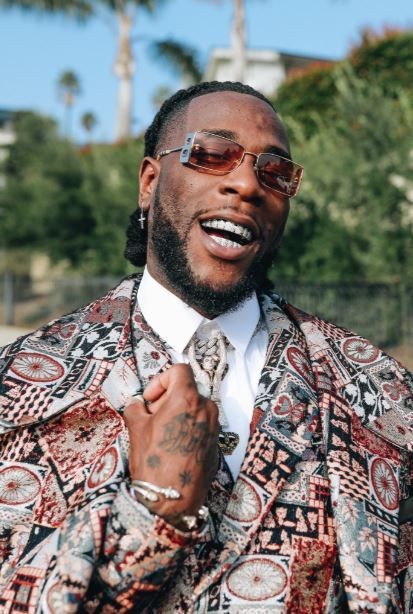
During this period, the focus shifted from groups to individual musicians in Nigeria, as bands started to split up and members pursued solo careers.
There was a growing emphasis on individual artistic expression and creativity, leading to the rise of solo musicians who gained popularity and recognition in their own right. One such example is the group Plantashun Boys of which the popular Nigerian musician 2face (now 2Baba), released his famous album “Face to Face” in the early 2000s.
This was the period that marked the beginning of the Afrobeats genre which is still the most prominent genre in Nigeria right now, that was mainly an umbrella term for contemporary music in Nigeria.
Many new and interesting artists have come up during this time and most gained massive popularity till today, such as D’banj, Don Jazzy, Timaya, P-square, Tiwa Savage, Burna Boy, Davido, Wizkid, Simi, Omah Lay, JeriQ and so many others.
The history of music in Nigeria, like many other things about the country, is a truly fascinating one to study.
Hope you enjoyed our little trip down memory lane to explore our wonderful country. We can’t wait to see you again in the next post.





